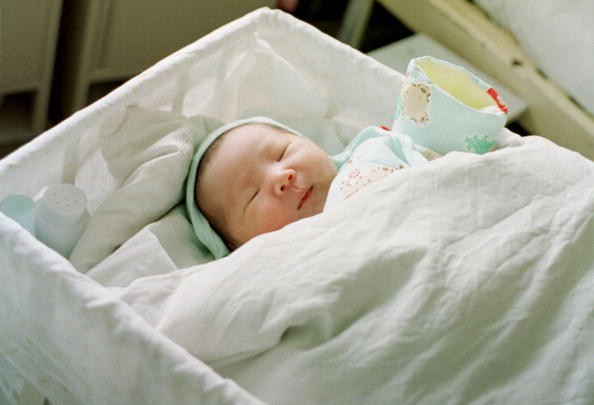A new study, collaborated by U.S. and Chinese researchers, showed that China has a lower caesarean birth rate at 34.9 percent compared to the 46.2 percent released by the World Health Organization in 2010.
The WHO survey, which ran from 2007 to 2008 and involved nine Asian countries, revealed that China's average annual caesarean delivery rate of 46.2 percent was the highest.
According to WHO, "caesarean delivery has been shown to substantially increase the risk of maternal and perinatal morbidity" and its increasing popularity in many parts of the world, including in China, has raised much concern.
However, the new study found that the Chinese caesarean birth rate is considerably lower at 34.9 percent in 2014, and is comparable to that of the U.S. at 32.2 percent in the same year.
According to Dr. Jan Blustein, professor of Health Policy and Population Health at New York University, the discrepancy in the rates by WHO and the new study was due to their different scopes.
While the WHO survey included small number of hospitals situated mostly in cities, the new work involved a more extensive setting which covered every county in Mainland China's 31 provinces.
This accounted for the difference since caesarean birth rate is much higher in cities than in rural areas. For an instance, some cities recorded more than 50 percent caesarean births, while some rural areas had lower than 20 percent rates.
According to Dr. Jian-Meng Liu, professor in Epidemiology and Biostatistics and Director, Institute of Reproductive and Child Health, at Peking University, the geographical delivery practice variation can be used as opportunities for improvement.
"In areas where caesarean rates are very low, we can provide training and other resources to make sure that caesarean is available when needed. In cities where rates are high, efforts can be targeted to encourage vaginal delivery, when it is appropriate," Dr. Liu said, as quoted from a news release by NYU.
The new study was published in JAMA on Jan. 3, 2017.



























